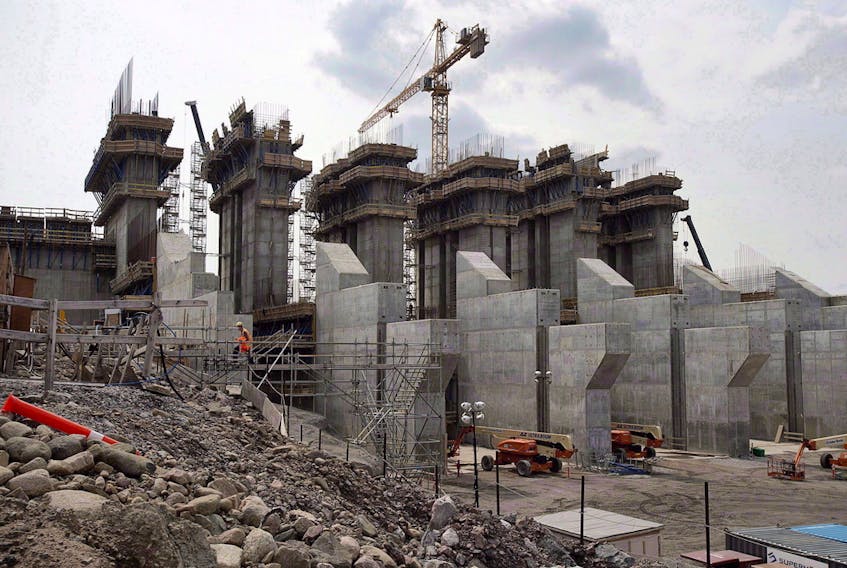In evidence before the Muskrat Falls Inquiry (MFI) former NL Hydro Chair and CEO Vic Young said that the fiscal impact of Muskrat Falls must be at the “top of the decision-making chain.”
While the fiscal impact falls squarely within its terms of reference the inquiry has heard little evidence on the fiscal impact. The Muskrat Falls Concerned Citizens’ Coalition has questioned a number of witnesses to ensure the record is complete but even senior officials in the Department of Finance witnesses could not answer key questions.
The fiscal impact is of paramount importance and must be addressed by the Inquiry.
In assessing the fiscal impact we must look beyond any single year and consider the eight years of construction and the 50 years of cost recovery after construction is completed. The key documents are the federal loan guarantee agreement (FLG) and the power purchase agreement (PPA). The FLG requires the province to supply most of the equity as well as ensure the project is completed through a completion guarantee. The latest Nalcor numbers show the province’s equity, including Nalcor’s investment, is close to $4 billion. Emera is investing more than $800 million, expecting an 8.5 per cent return.
The government of the day told us there will be no “recourse” to the province in the event of a default. Nalcor set up separate crown corporations to build the facilities. The generation and transmission assets are owned by these separate companies. Their assets are pledged as collateral to the federal government but not those of Nalcor itself, of NL Hydro or of the shareholder, the government of Newfoundland and Labrador.
Does this mean that the province’s obligations are limited to supplying the $4 billion in equity during the construction period? No, the FLG also calls upon the province to ensure that NL Hydro recovers all the costs of the project and this imposes an obligation on the province that spans 58 years, from 2012 to 2070, both during and after construction.
Nalcor has provided estimates of the costs to be recovered. In 2021, the first full year of operation, the revenue requirements to be recovered from you and me is shown as $726 million, increasing each year for 50 years. This is the basis for the province’s rate-mitigation plan which proposes to fund these amounts through various sources. Many of these sources of mitigation funds are highly uncertain.
The key point to be made here is that government is acting to fulfill an obligation to ensure that NL Hydro can recover the costs over 50 years as required under the PPA. NL Hydro has informed the PUB that the amount to be recovered 50 years amounts to $74.6 billion, including debt servicing and repayment, dividends on equity and return of equity to the shareholder, as well as the cost of operation and maintenance.
The $74.6 billion is in dollars of the day, or nominal dollars. This includes all costs which must be paid, including the interest on federally guaranteed debt and principal repayment. It also includes payment to Emera of its 8.5 per cent in tax-free dividends, along with recovery of Emera’s full investment. It includes the cost of servicing the province’s equity.
If the province were to write off its $4-billion equity investment, as part of its rate mitigation plan we, as taxpayers, would still be left with a large financial burden.
Depending on the choice of discount rate, the present value of these obligations ranges from $18 billion to $40 billion, far exceeding the $4 billion in provincial equity.
Seven years have elapsed since Vic Young urged that an independent assessment of the project’s fiscal impact be undertaken. It is appalling that no such assessment, independent of Nalcor, has yet to be undertaken. In this short letter I can only sketch the magnitude of the problem. My main point is to emphasize that the people of the province must understand the burden which this project will impose and which remains to be both measured and managed. They will be looking to the MFI not only for a full accounting but also for realistic options to minimize the impact.
David Vardy
St. John’s









